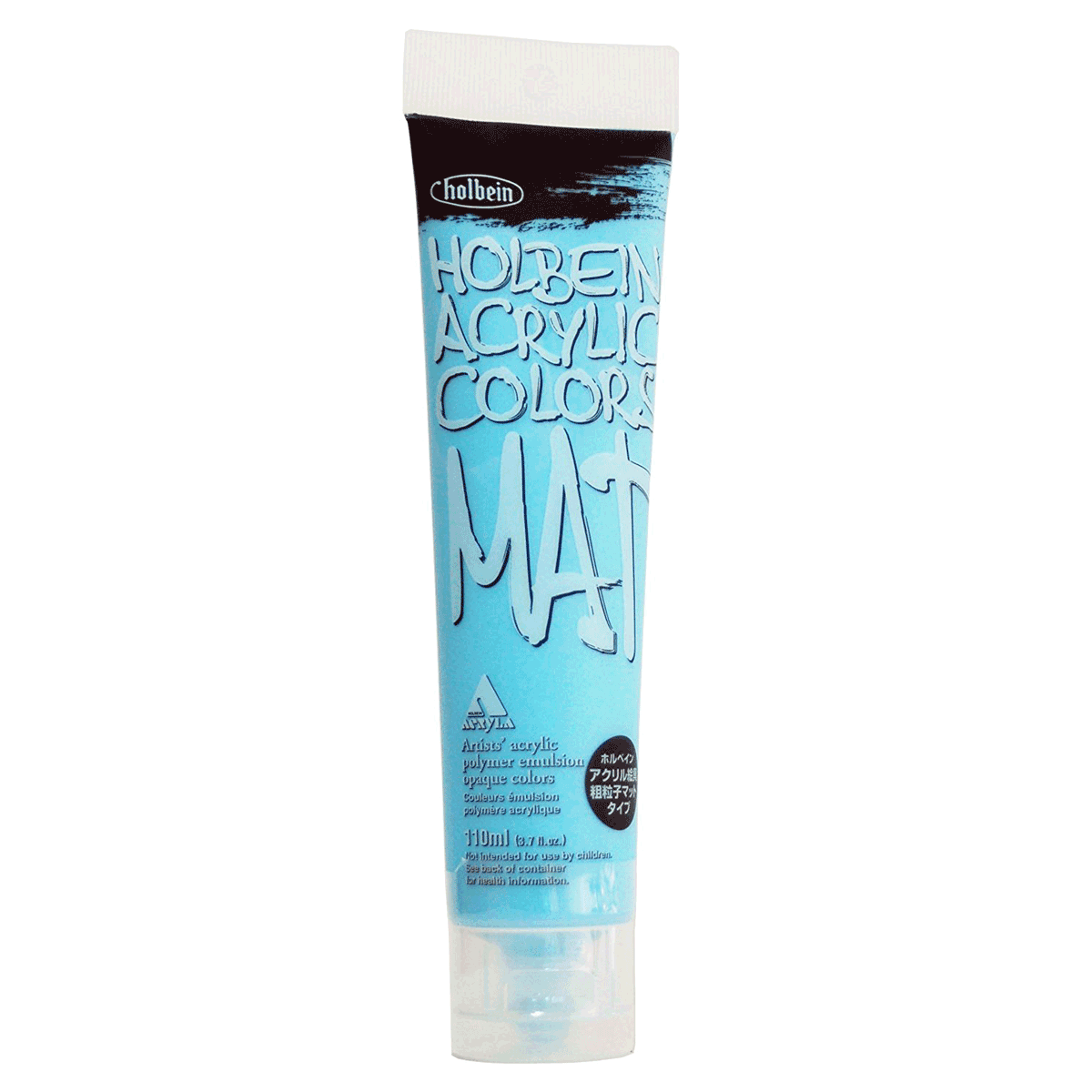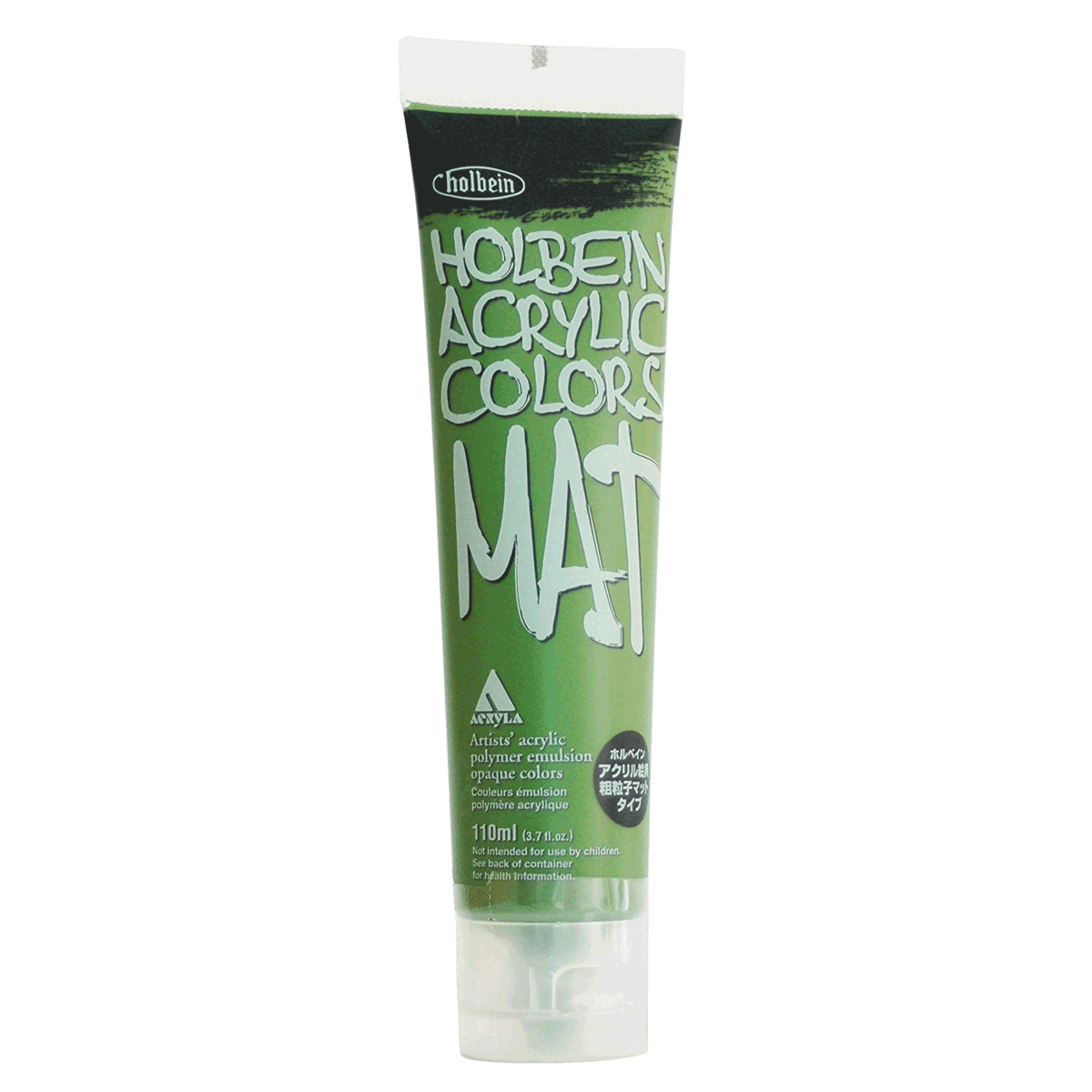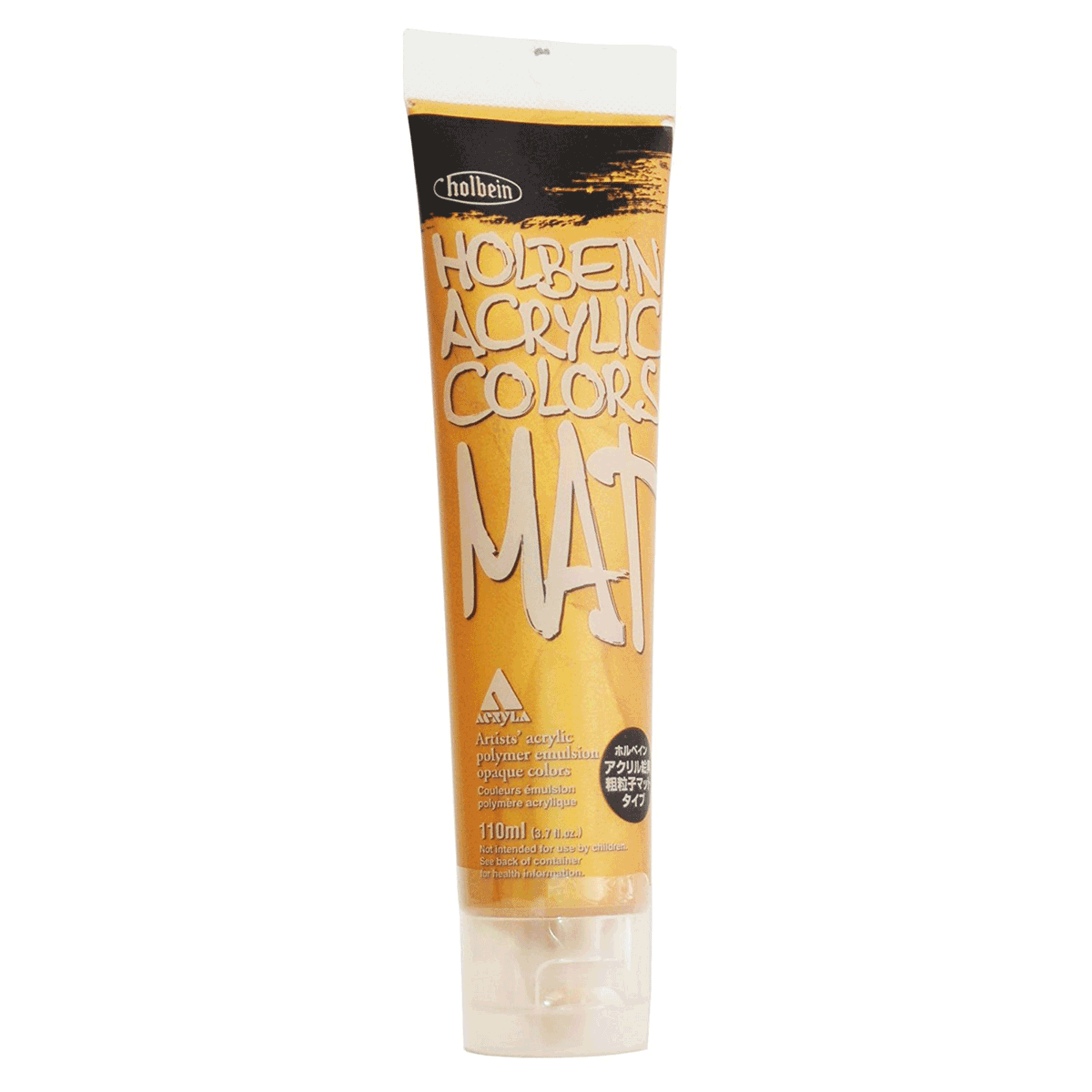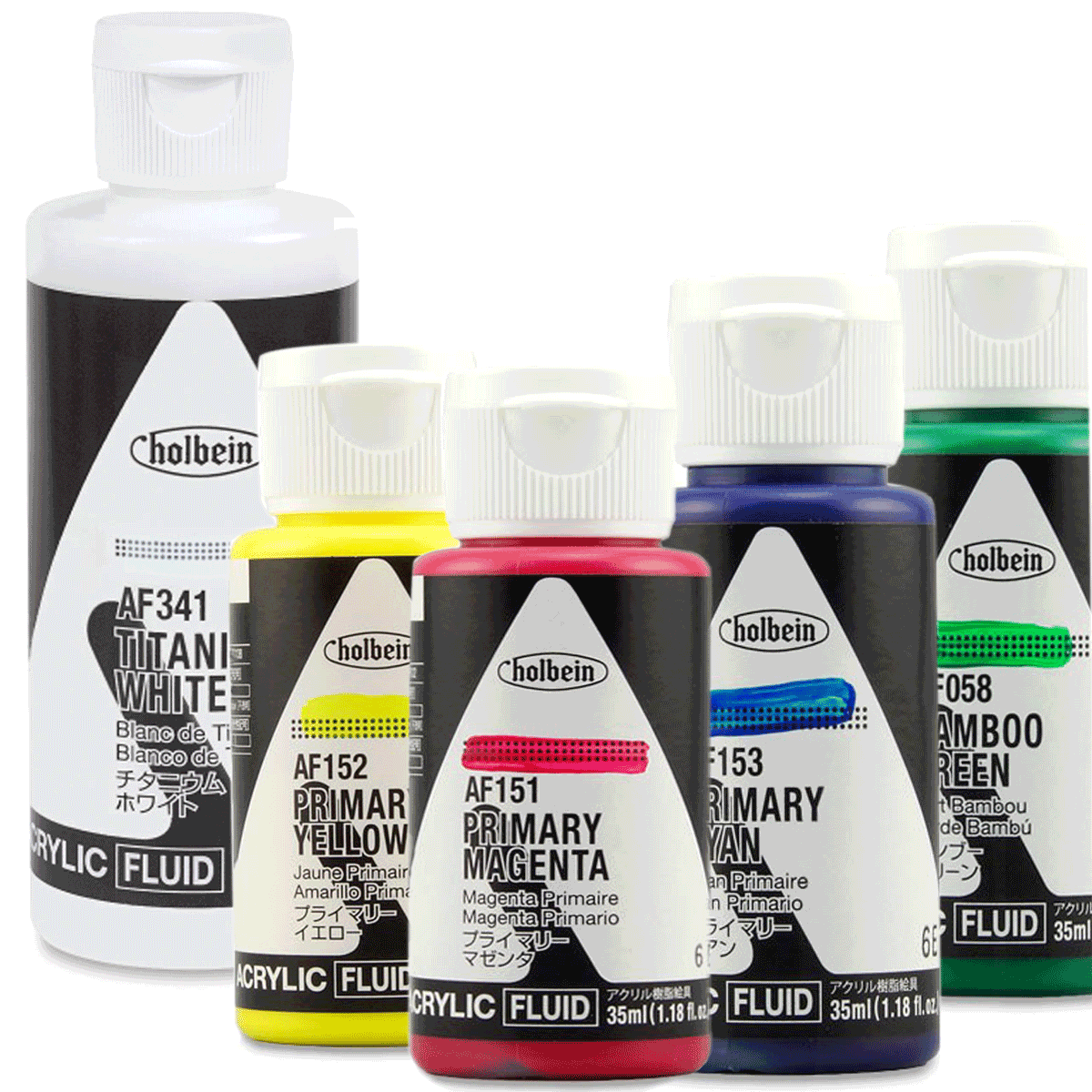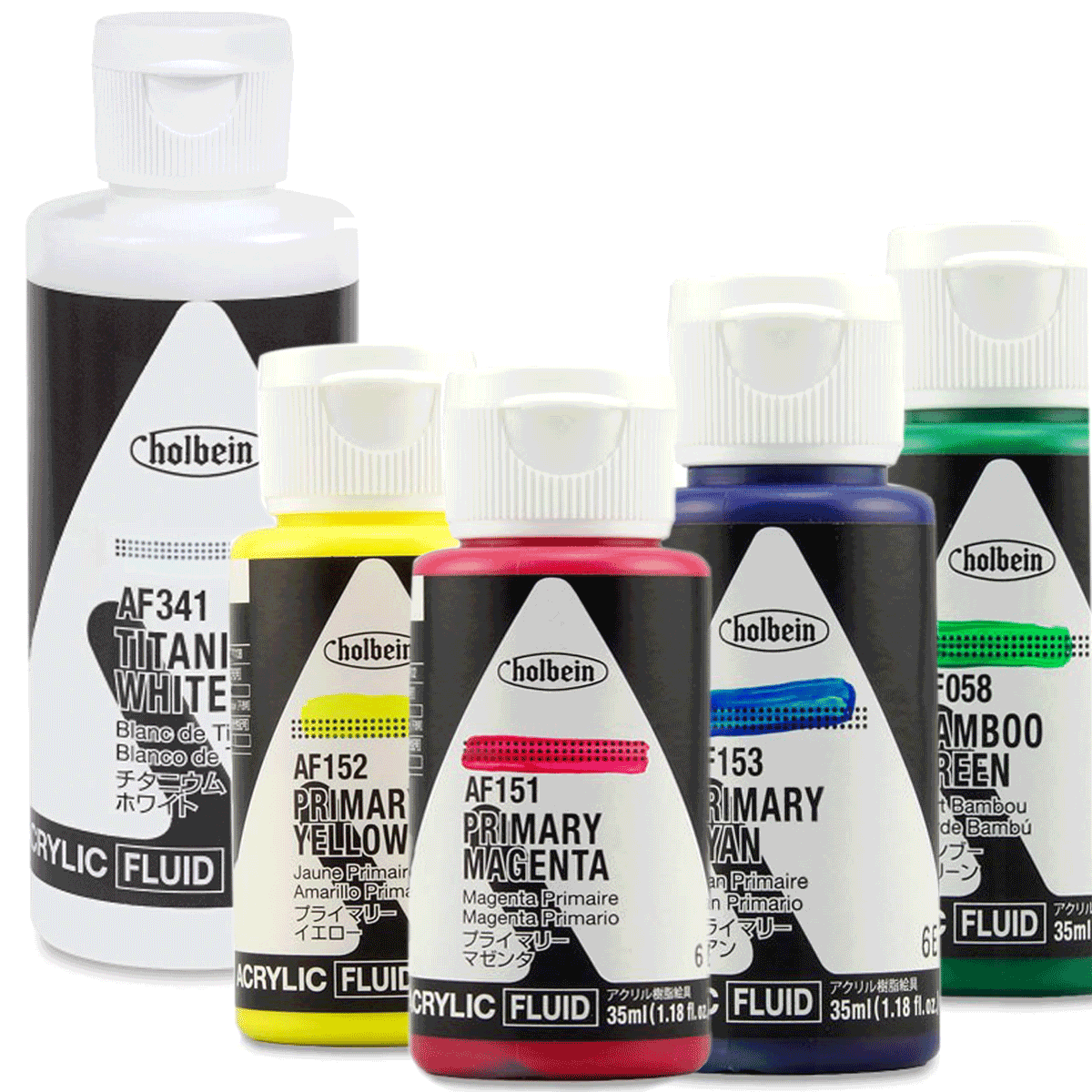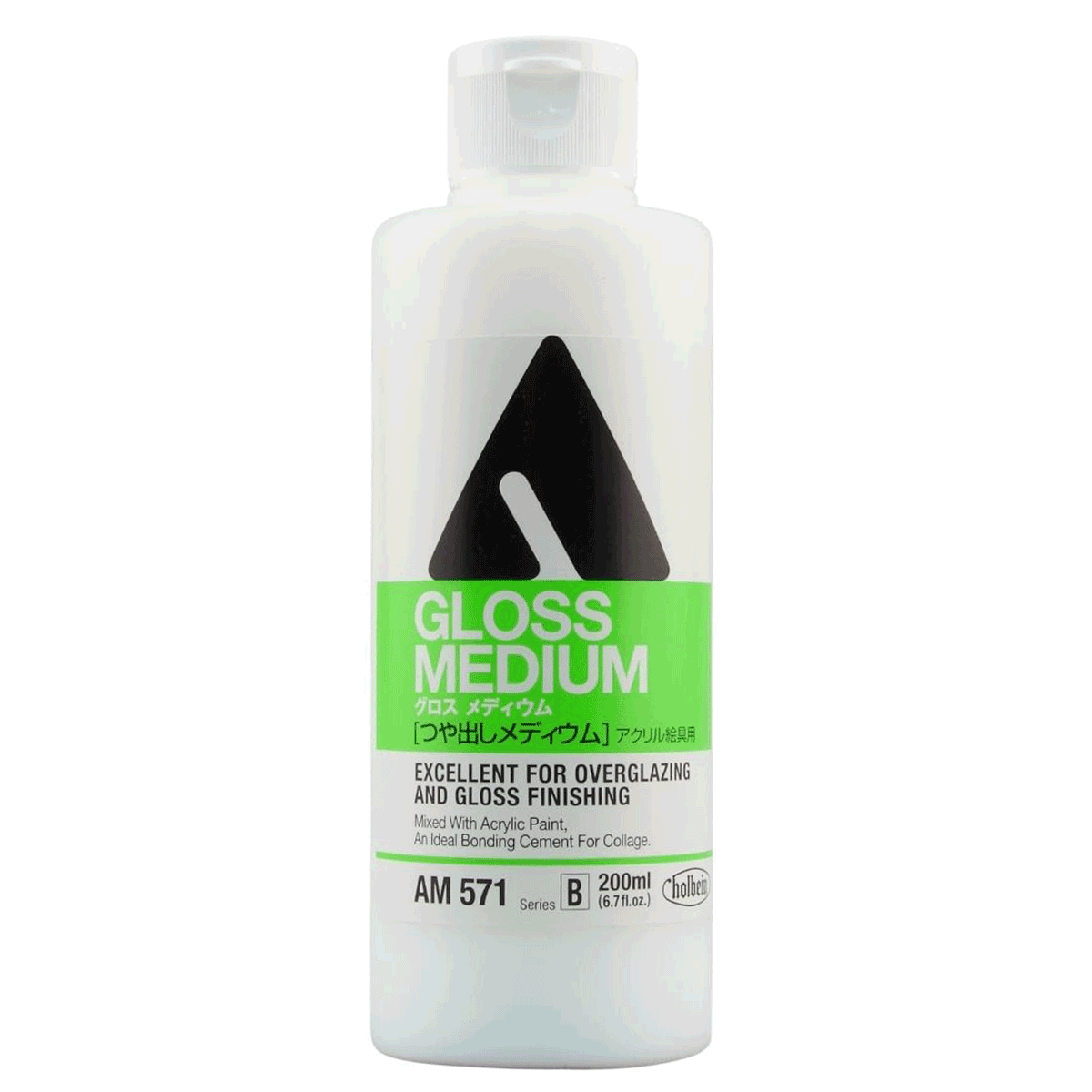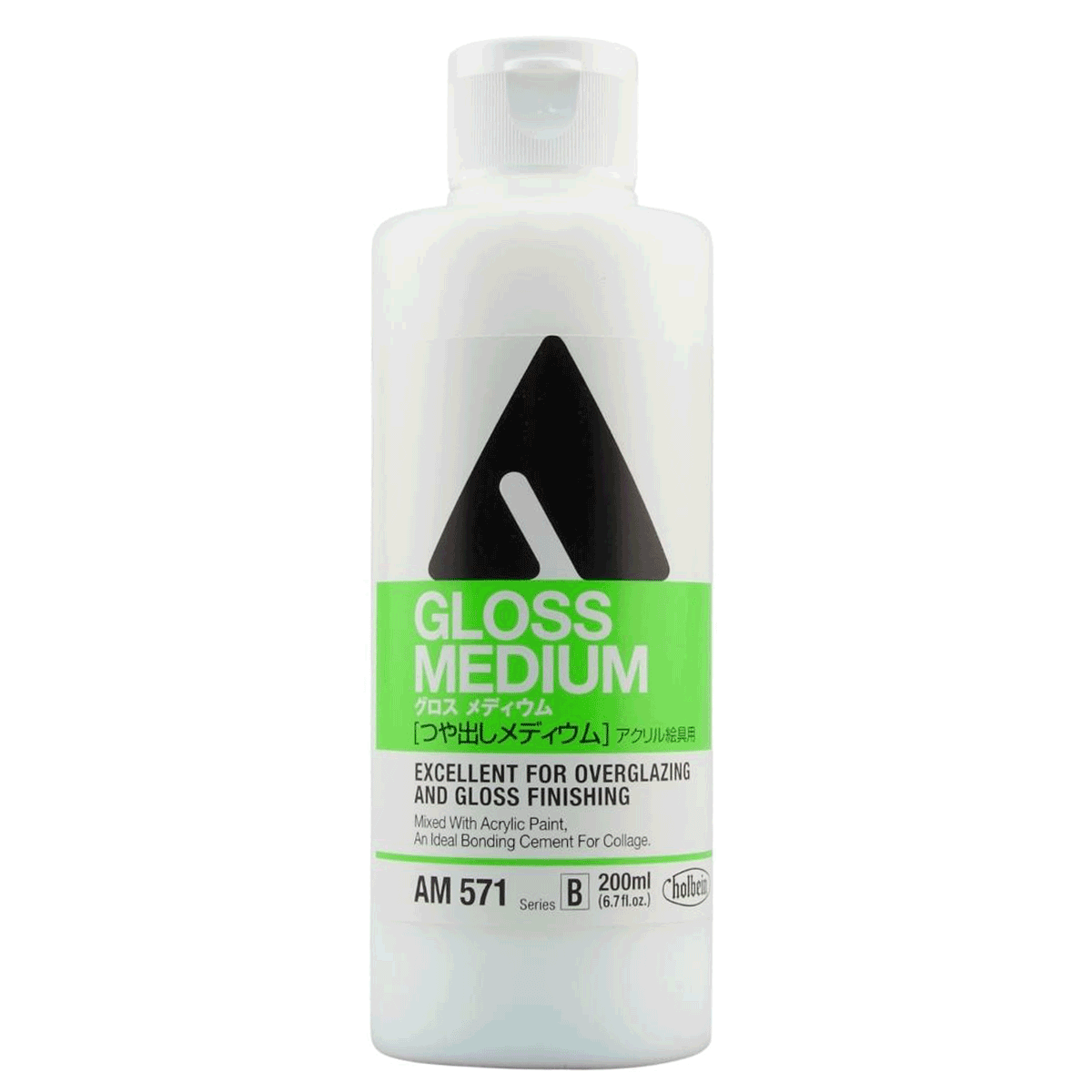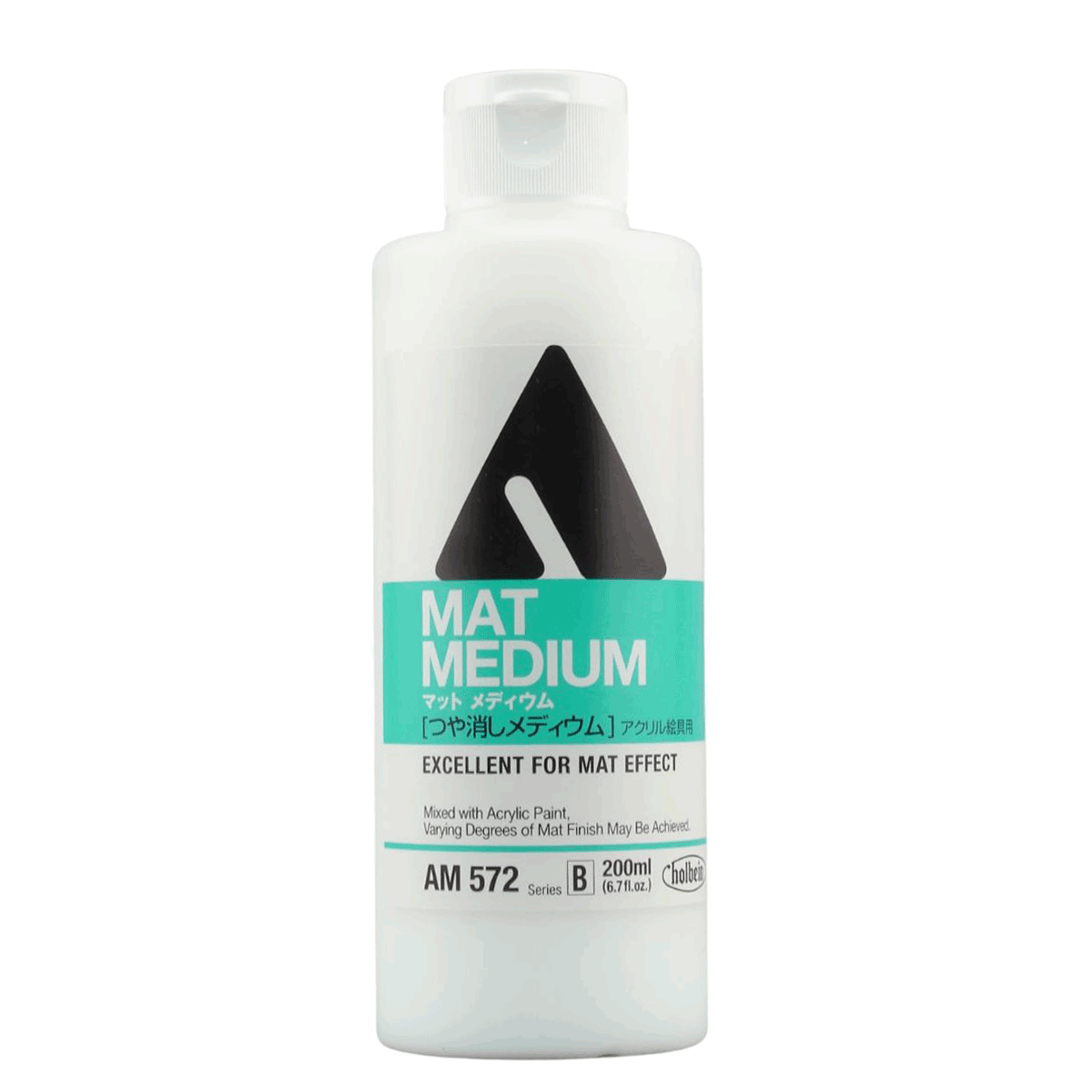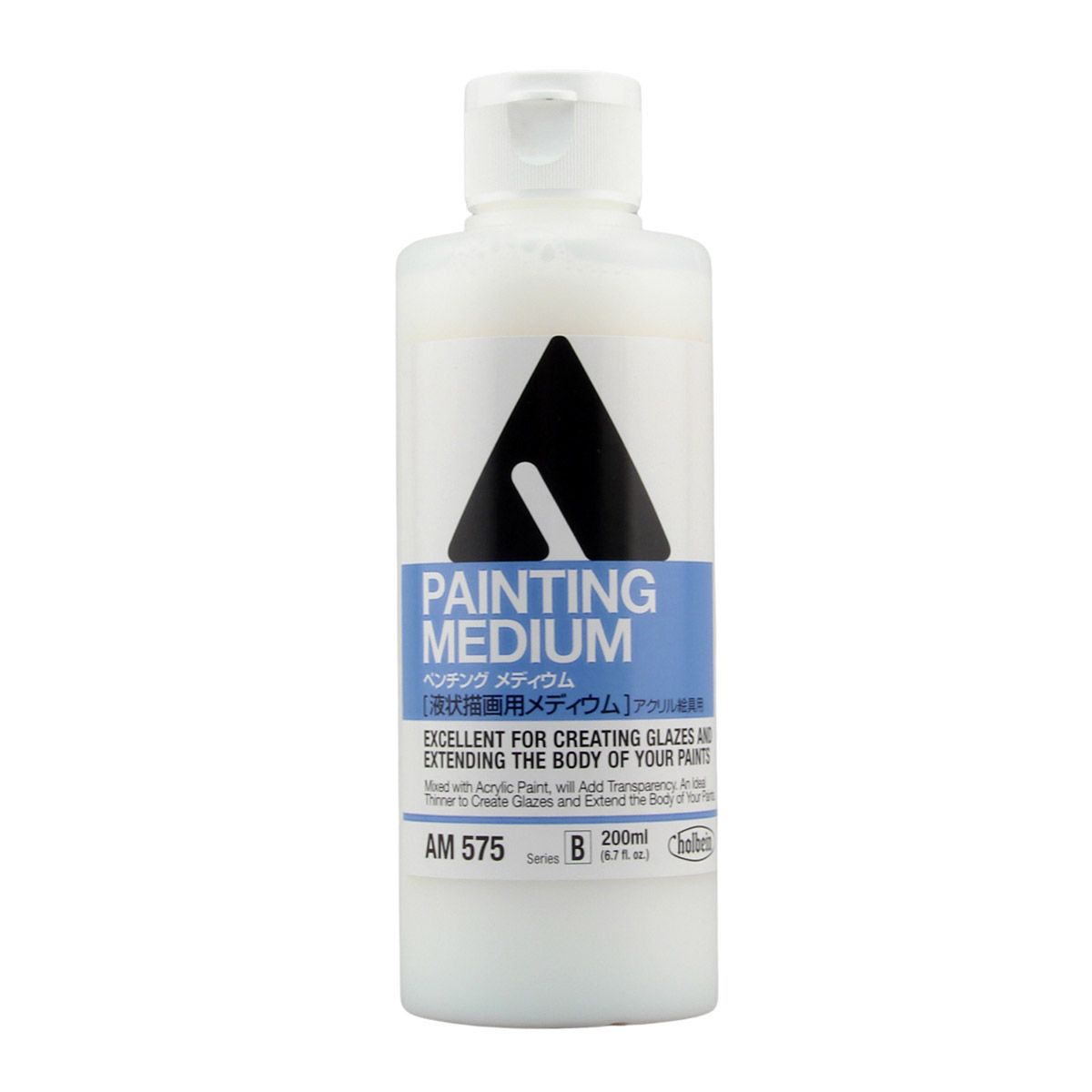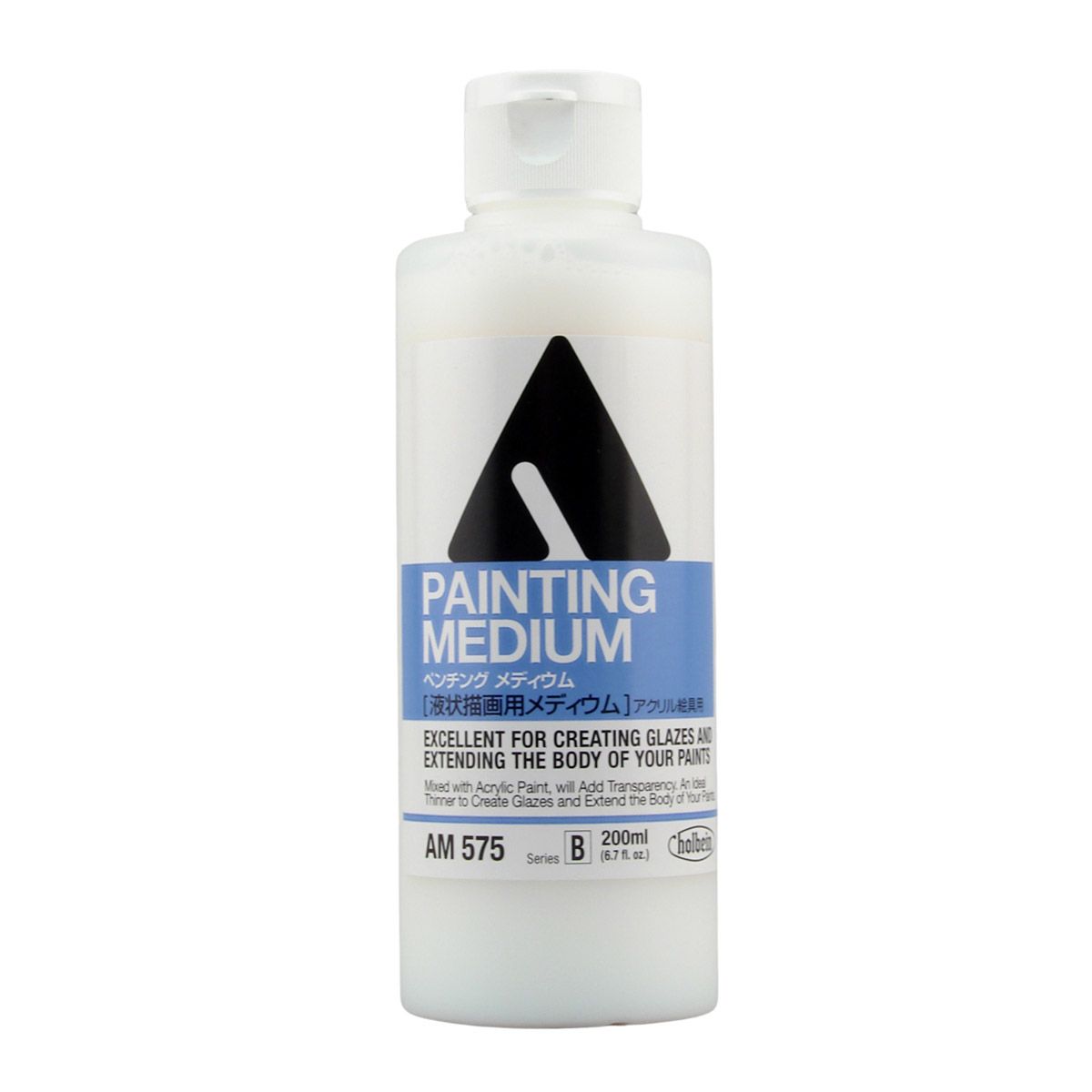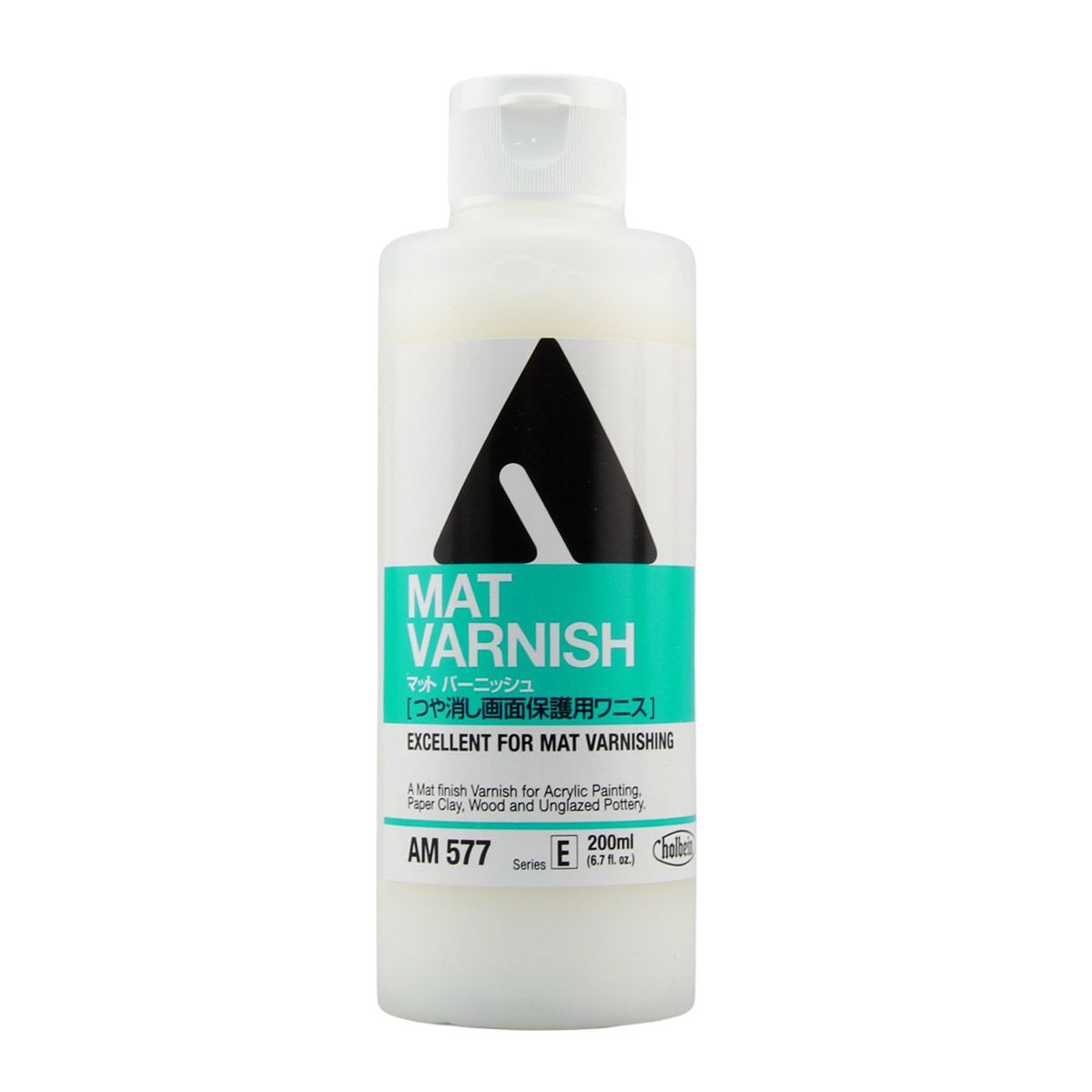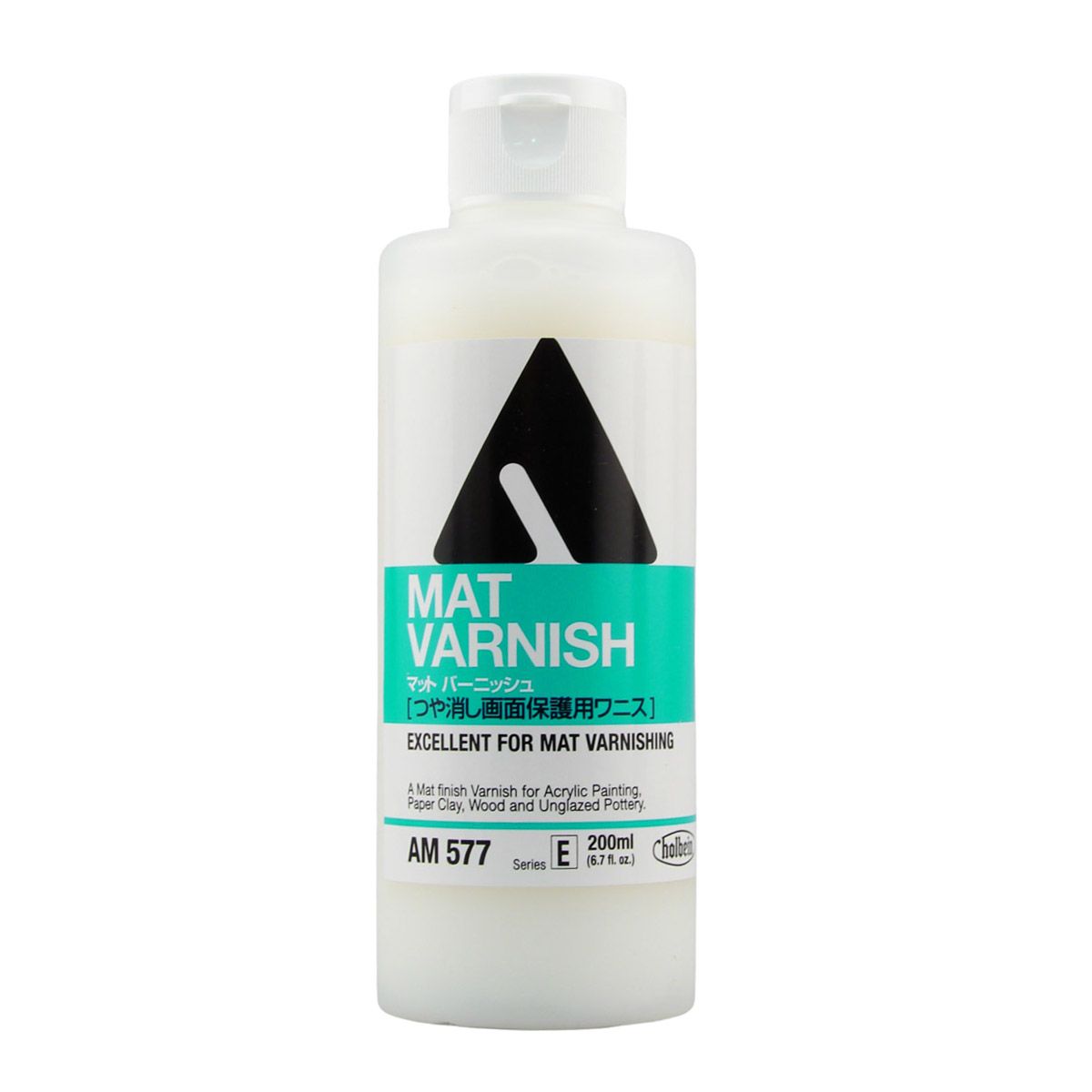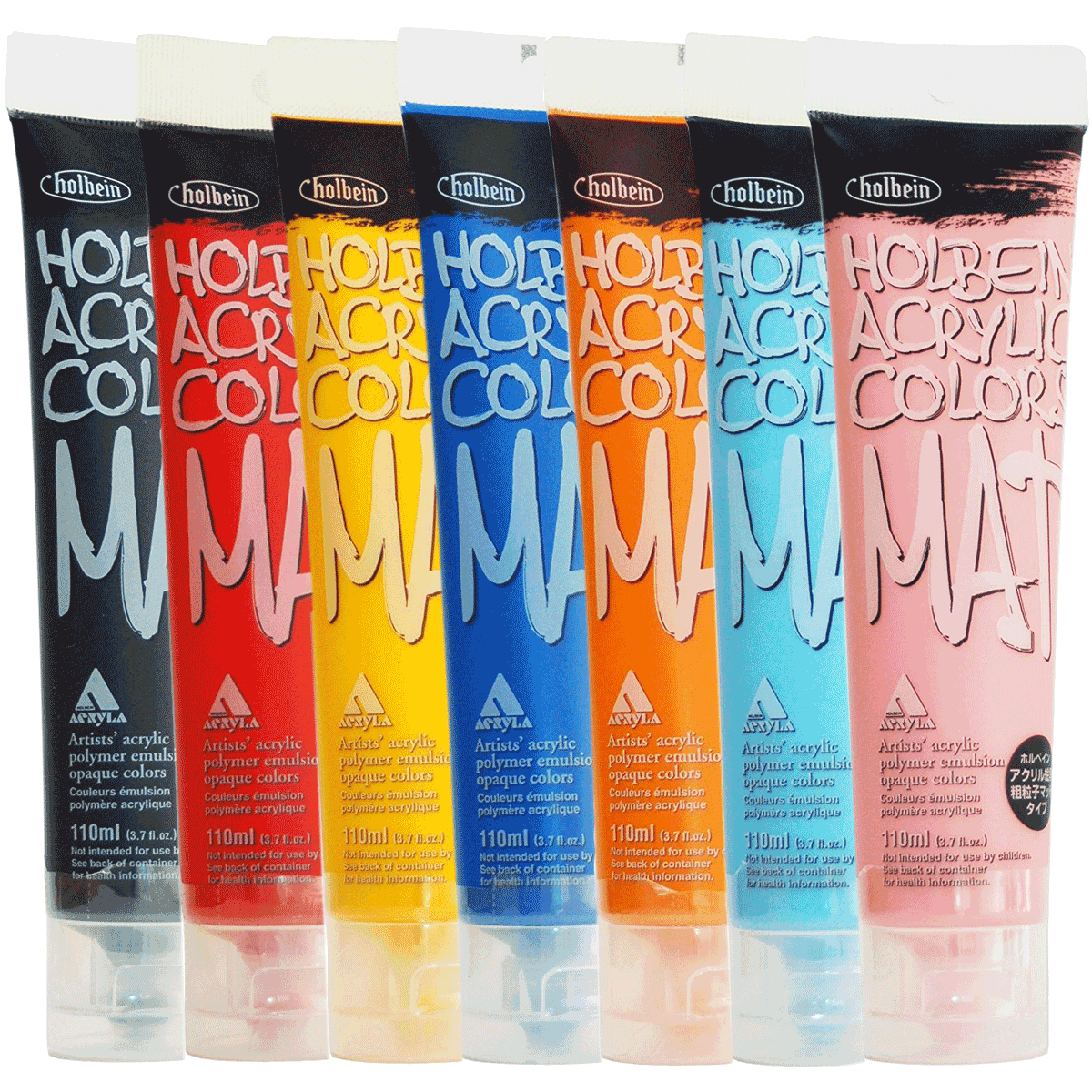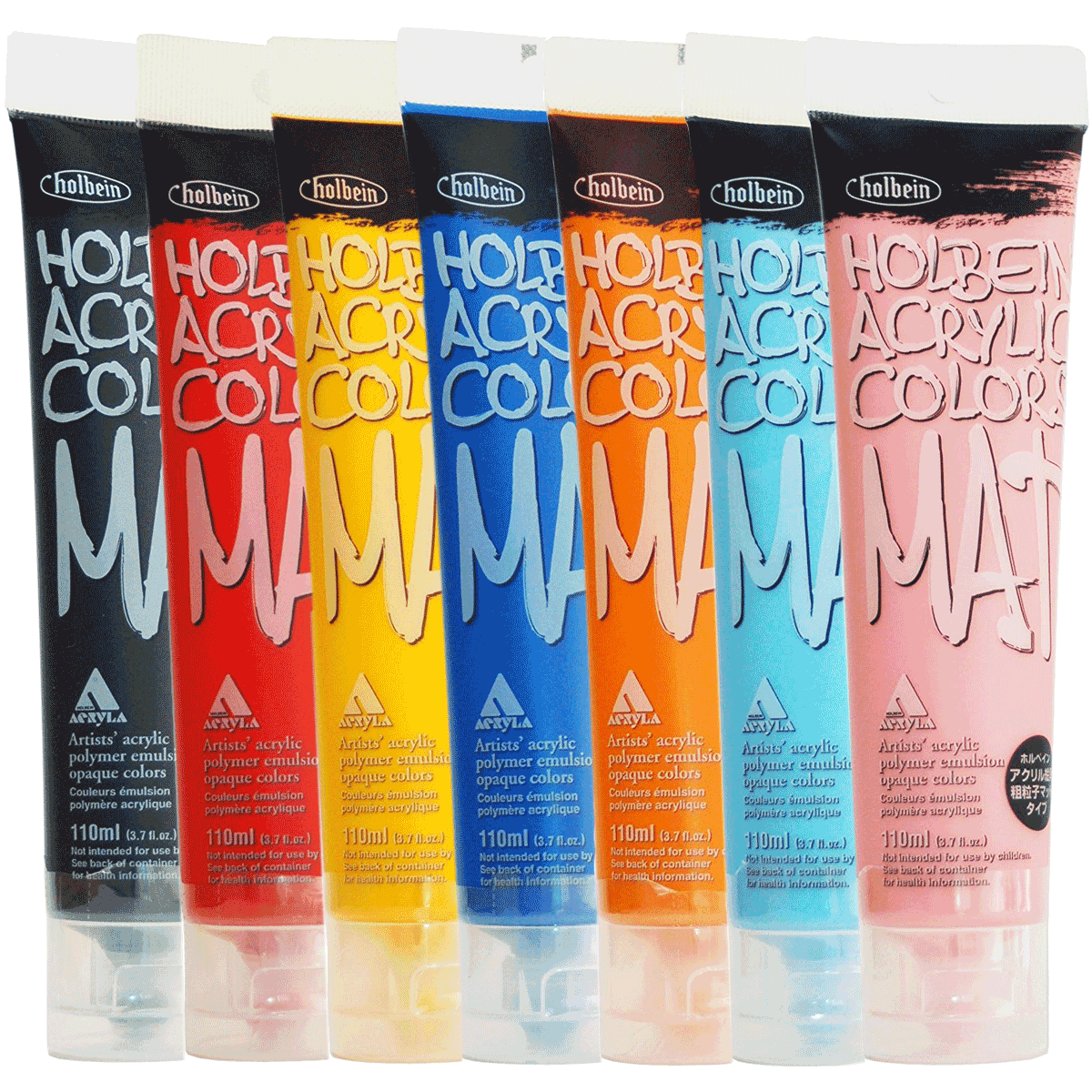Holbein Mat Acrylic Aqua Blue - 110 ml Tube
M031 Aqua Blue / Bleu d’Eau - Phthalo Blue PB15, Titanium White PW6
The organic blue dyestuff, now known as Phthalo Blue, was presented as a pigment in November 1935. The demand for such a pigment came from commercial printers who wanted cyan to replace Prussian Blue. Titanium dioxide was first discovered in 1821; its widespread use of the pigment began in the 1940s. Since that time, it has become the most commonly used white pigment.
- Series: B
- Lightfast: ***
M031 Aqua Blue / Bleu d’Eau - Phthalo Blue PB15 (organic copper Phthalocyanine), Titanium White PW6 (inorganic, Titanium dioxide)
Series: B
Lightfast: ***
Pigment 1: PB15-Phthalo Blue
Developed by chemists using the trade name Monastral Blue, the organic blue dyestuff is now known as Phthalo Blue, was presented as a pigment in November 1935 in London. Its discovery was accidental. The dark colour was observed in a kettle where a dye was being made from a British dyestuff plant. The demand for such a pigment came from commercial printers who wanted cyan to replace Prussian Blue.
- Pigments Name: PB15-Phthalo Blue
- Pigment Type: organic
- Chemical Name: copper phthalocyanine
Properties: Phthalo Blues are pure, clean primary blues with superior covering power. They have a very high tinting strength and tend to overwhelm other pigments, but they make predictable mixed colours if colour strength can be controlled. In oil form, blues are intense and slow drying. When mixed with other colours or added chlorine, Phthalo Blue quickly tends towards green. When using alone, mix with some white, as Phthalo Blue can be semi-transparent and almost black on its own. It is among the most compatible modern colours with mineral colours and is considered more reliable than Prussian Blue while sharing the same physical and colour properties. Phthalo Blue is a good colour for glazing.
Permanence: Phthalo Blues are completely lightfast and stable and are permanent for all paint uses. Due to their stability, they are currently used in inks, coatings, and many plastics and are considered a standard pigment in printing ink and the packaging industry.
Toxicity: Phthalo Blues have no significant hazards, although those made before 1982 contained some PCBs (polychlorinated biphenyls).
Alternate Names: Bocour Blue, Cyan Blue, Helio Blue, Heliogen Blue, Intense Blue, Monastral Blue, Phthalocyanine Blue, Rembrandt Blue, Thalo Blue, Winsor Blue.
Pigment 2: Titanium White PW6
Titanium is the ninth most abundant element in the Earth's crust; however, mineral deposits that are economical to mine are less common. Titanium dioxide was first discovered in 1821, although it could not be mass-produced until 1919. Widespread use of the pigment began in the 1940s. Since that time, it has become the most commonly used white pigment. The name comes from the Latin word Titan, the name for the elder brother of Kronos and the ancestor of the Titans, and the Greek word tito, meaning day or sun.
- Pigments name: Titanium White PW6
- Pigment Type: inorganic
- Chemical Name: Titanium dioxide
Properties: Titanium White is the most brilliant of the white pigments. It is considered an all-purpose oil colour useful in all techniques and the best all-around white. Its masstone is neither warm nor cool, placing it somewhere between Lead White and Zinc White. It is less prone to cracking and yellowing than Lead White, but it still yellows easily. Titanium White dries slowly in oil form, more slowly than Lead White but more quickly than Zinc White. It is opaque in oil and acrylic forms and semi-opaque in watercolour form. This pigment has good chemical stability, and its tinting strength is superior to both Lead White and Zinc White.
Permanence: Titanium White has excellent permanence and lightfastness.
Toxicity: Titanium dioxide is highly stable and is regarded as completely non-toxic. Animal studies do not indicate that it is absorbed biologically, even after long periods of exposure. The primary safety concern is with inhalation of fine pigment dust particles. If inhaled in large amounts over several years, Titanium White may cause benign pneumoconiosis visible on x-rays. The National Institute of Occupational Safety and Health (NIOSH) considers fine titanium dioxide particles, if inhaled, to be a human carcinogen. The primary concern for artists is to avoid exposure to fine particulate dust from raw pigments.
Alternate Names: None.
| Size | 110 ml |
|---|---|
| Brand | Holbein |
| Country of Manufacture | Japan |
| Type of Store Credit value | Select |










